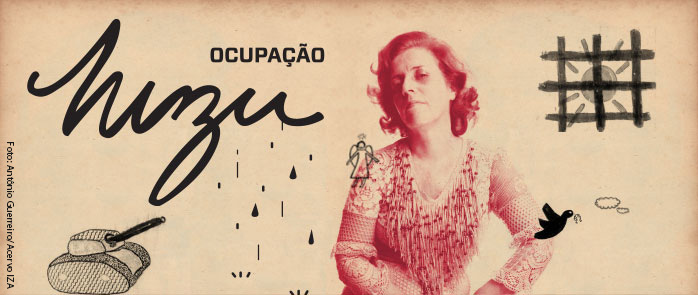
| PRESS KIT |
||
| At Itaú Cultural, Ocupação Zuzu presents an extensive overview of the life and work of one of the most exceptional women in the history of Brazil. |
As with Hélio Oiticica’s Parangolé, Zuzu Angel’s dresses will parade throughout Itaú Cultural worn by models and actresses who will read from the letters that Zuzu sent to various people in her incessant search for Stuart Angel – her 26-year old son who was tortured and killed by the military dictatorship. The event reaffirms the understanding of fashion as an important segment for reflecting on contemporary cultural, allowing us to appreciate and analyze the life and work of one of the most exceptional women in our history, Zuleika Angel Jones. It also contributes to the events that are revisiting the Brazilian military dictatorship during the 50th anniversary of the coup d'état. The exhibition covers some of the main facts and achievements of Zuzu's life. These include the Sansevieria trifasciata plant known as St. George’s Sword in Brazil – an allusion to the perfume Zuzu wanted to create and to her mysticism and religiosity that led her to cultivate this plant wherever she lived - and her partnership with Waltécio Caldas to create the paper she used in her shop, confirming her pioneering vision of fashion as a business. A seamstress who designed dresses, handbags, scarves and bed sheets. She created the prints of the dresses she made and would have the transparent and bold lace for her wedding dresses brought from Brazil’s Northeast. She also created the logo, bags, writing paper, labels and marketing strategies. She launched a Brazilian collection in New York. She brought together Baianas, Lampião and Maria Bonita, working young ladies, pastorals and angels, and transformed them into products bearing her signature. This project is a result of the work of co-curators Hildegard Angel, Itaú Cultural (Audiovisual and Literature and Education departments) and Valdy Lopes Jn, who is also the exhibition’s art director. |
| BACK |
